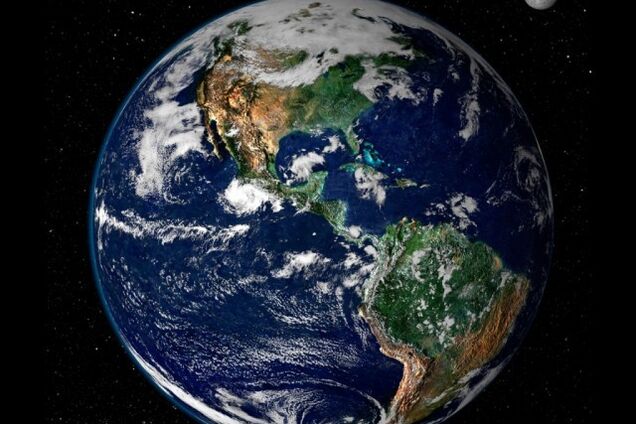
Animaciya Planeta Zemlya
Contents • • • • • • • • • • • • • • • • • • • • • • History [ ] Although located not far off the northern coast of Russia, nested among Arctic ice-locked waters, the archipelago that is now known as Severnaya Zemlya was not formally recorded until the 20th century. Earlier explorers deemed that there was a land mass in the general area of the archipelago, such as in the report by and made in 1810 at the time of their exploration of the. Later in the 19th century during the sailed very close to this land in 1878 but did not notice it.
In 1882, Danish and naval officer, leader of the Arctic survey, set himself the goal of discovering land north of and explore the unknown northeastern limits of the. However, Hovgaard was prevented from accomplishing his objectives after having become trapped in thick ice and his expedition was unable to reach even the 's shores. Even at the end of the 19th century both of 1895, as well 's on failed to note any traces of land to the north of the 55 kilometres (34 miles) wide strait between the Kara Sea and the Laptev Sea that they navigated. Severnaya Zemlya, Russia Severnaya Zemlya comprises four major islands – October Revolution, Bolshevik, Komsomolets, and Pioneer – and around 70 smaller islands, covering a total area of about 37,000 km 2 (14,300 sq mi). It is separated from the by the.
Four of the main islands are largely glaciated, October Revolution, Komsomolets, and Pioneer, as well as the smaller at the northwestern limit. The area on Bolshevik, the southernmost main island of the group, covers about a quarter of its land's surface. The southmost point of Severnaya Zemlya is at the SW end of Bolshevik Island. The highest point of the archipelago is 965 m (3,166 ft) Mount Karpinsky, the summit of the Karpinsky Glacier, an on October Revolution Island.
The separates Komsomolets Island from October Revolution Island and the broader Bolshevik Island from October Revolution Island. Both straits connect the Kara Sea in the west with the Laptev Sea in the east. This archipelago encloses the northern limits of the on its western shores, together with, located roughly 1,000 km (620 mi) to the southwest. The big rivers and, among others, flow from the south into this marginal sea area of the Arctic Ocean, with their abundant waters contributing to a climate with relatively high precipitation despite the prevalent extreme cold temperatures of the high latitude. Eurosec pr5208 rev 10 user manual download. The, where the mighty steadily expands its large delta, lies to the east of Severnaya Zenlya. The of the archipelago is quite smooth, with and sedimentary successions dominating its geology.
Glaciers [ ]. View of with its ice cap.
Glaciers in the archipelago have a characteristic with a continuously decreasing surface towards their edges. Ice cliffs are found only at the base.
/novosibirsk/ah-astahova-karmannaya-planeta-3433 0.5 weekly. Tyumen/koncert-gruppy-animaciya-2333 0.5 weekly 2016-11-24. 2017-07-20T19:48:44+03:00 monthly 0.8 2017-07-20T19:48:44+03:00 monthly 0.8.